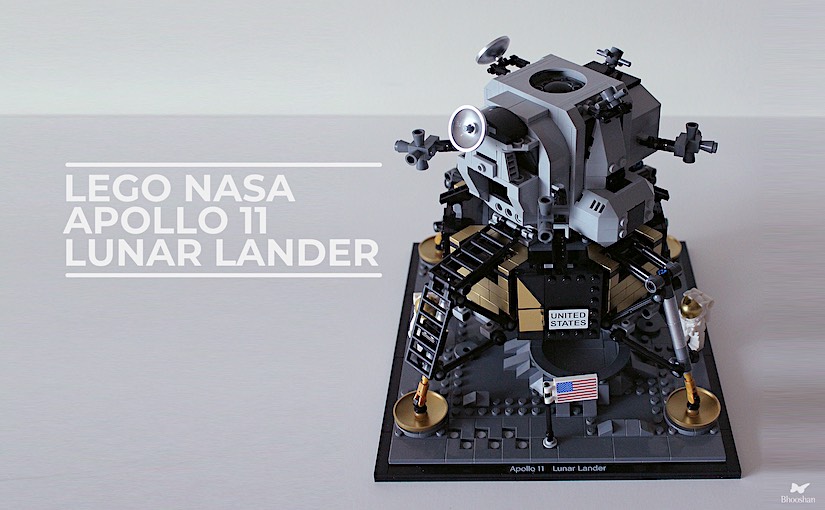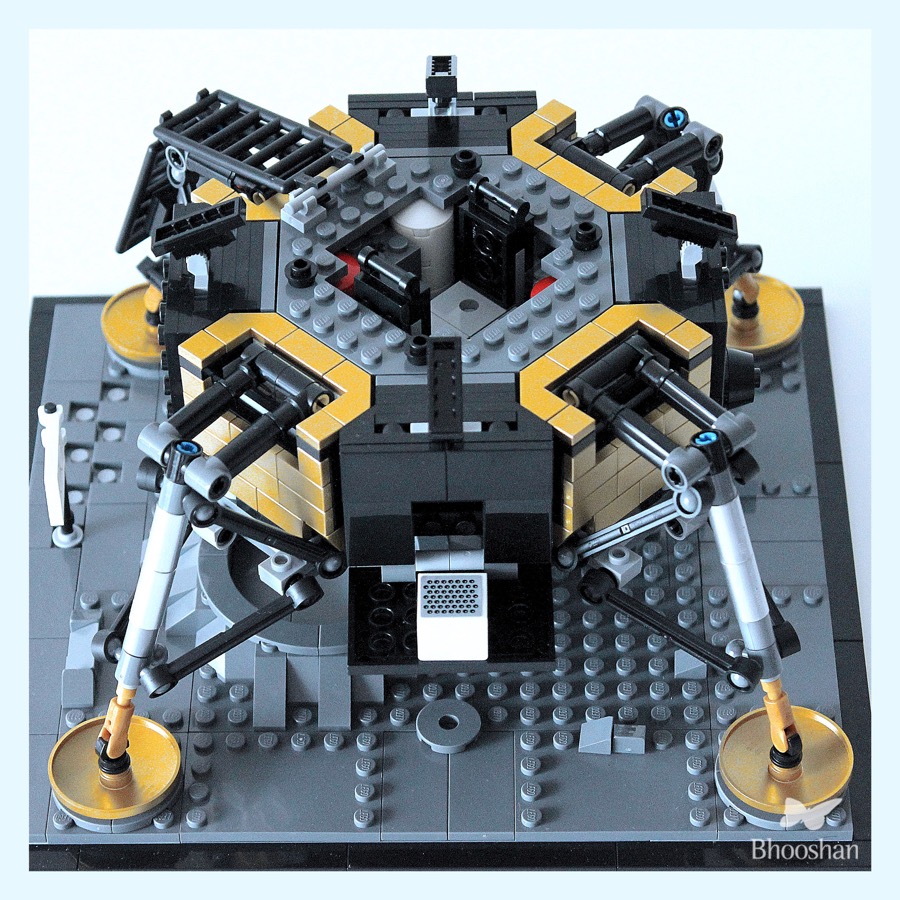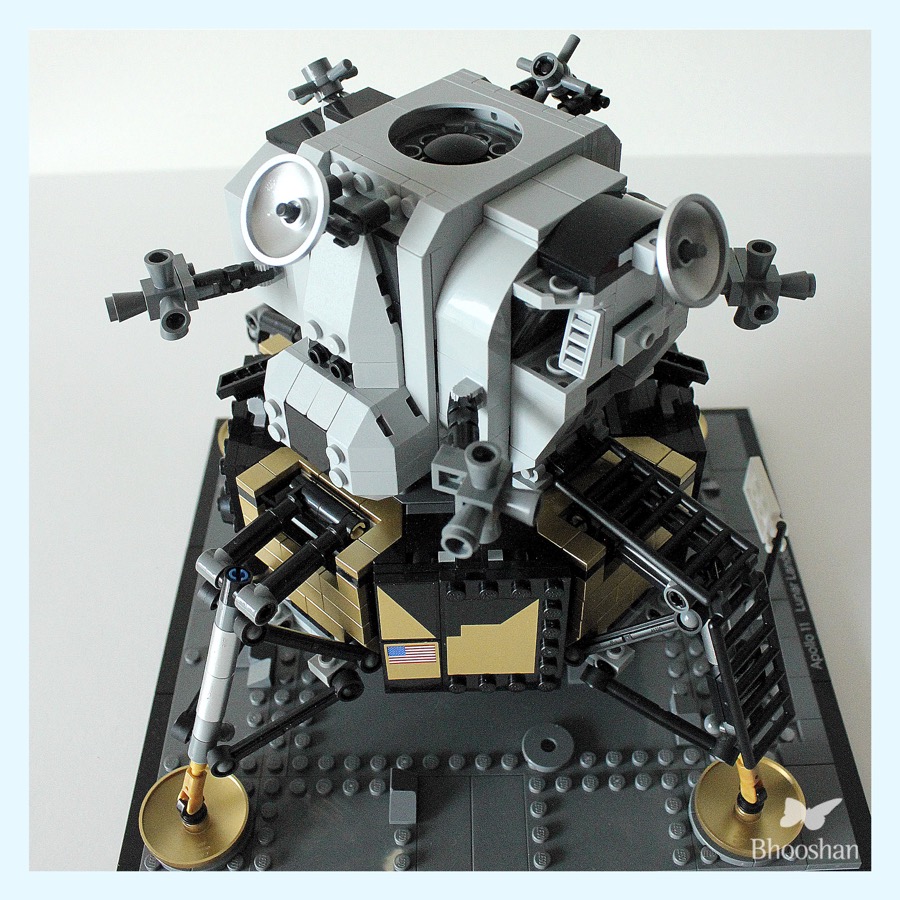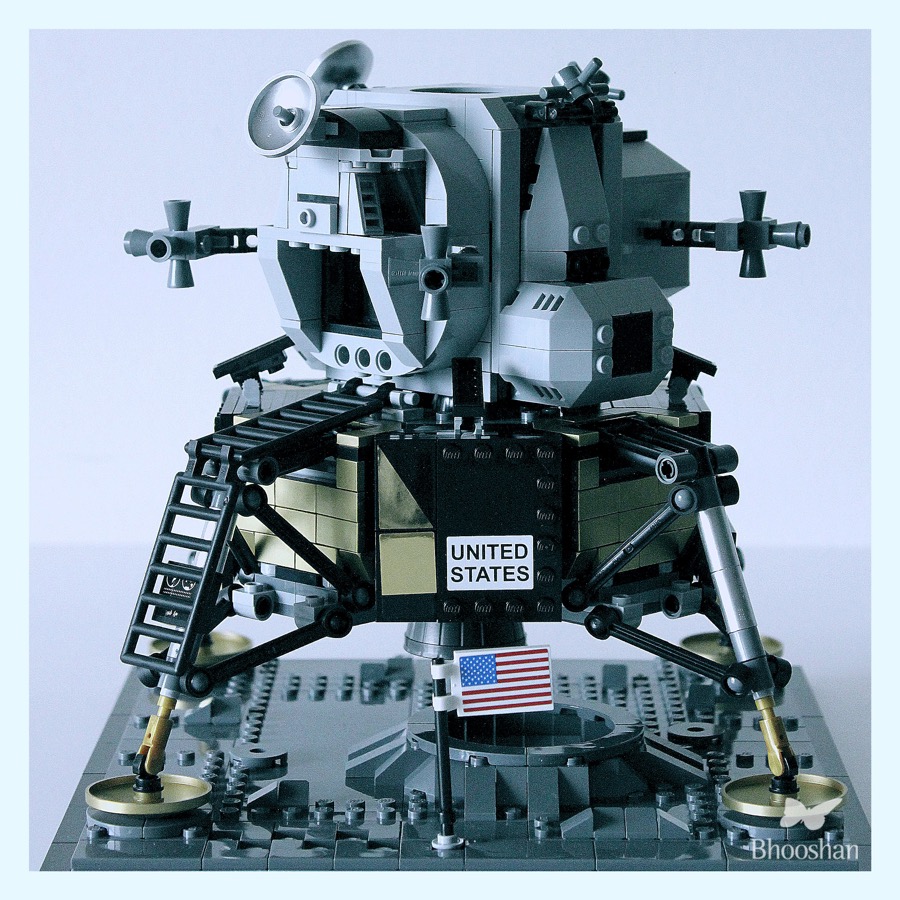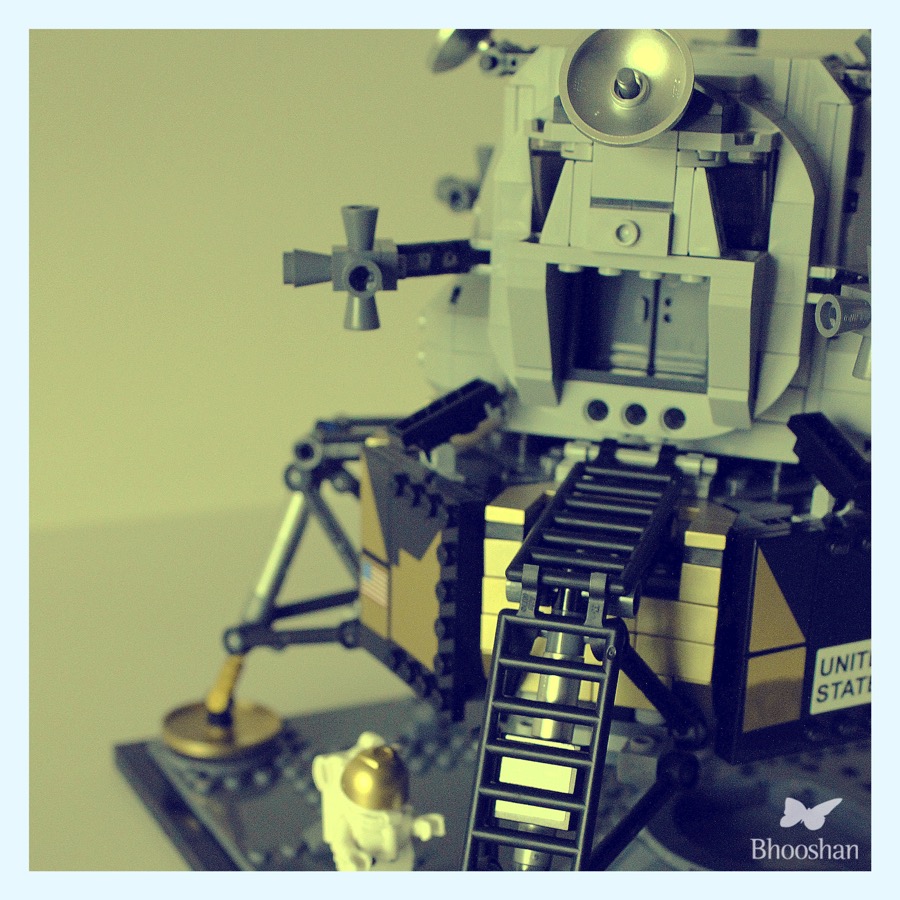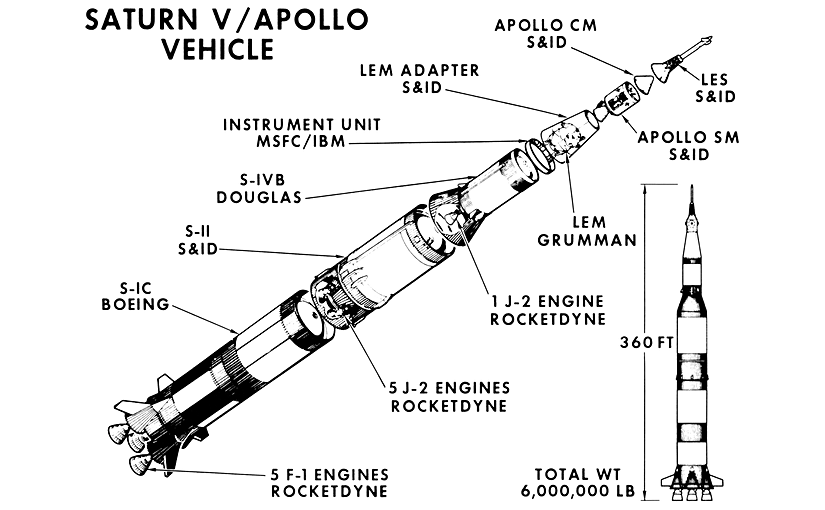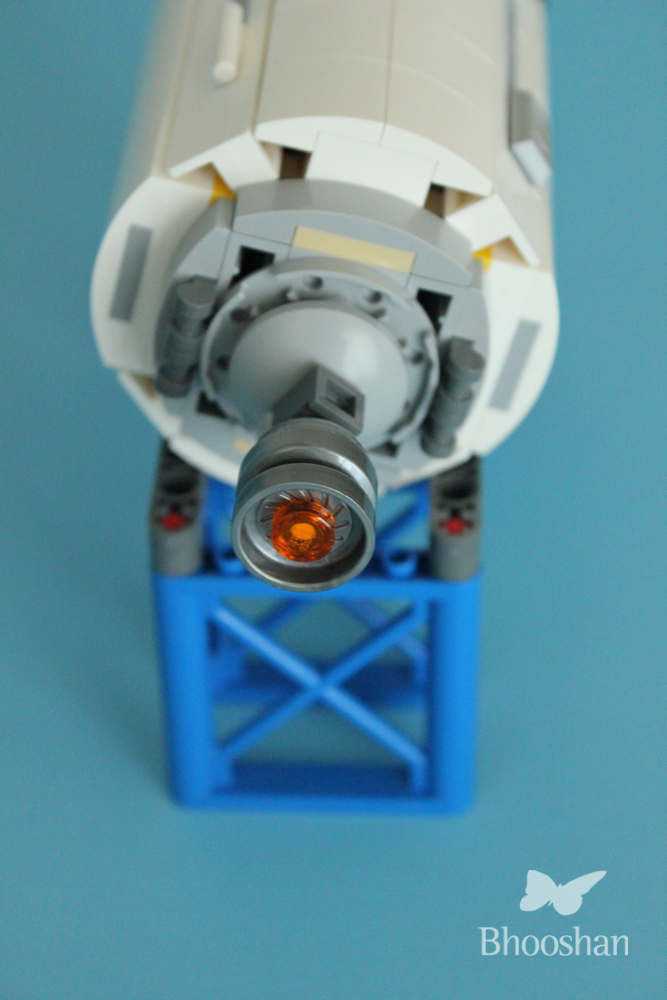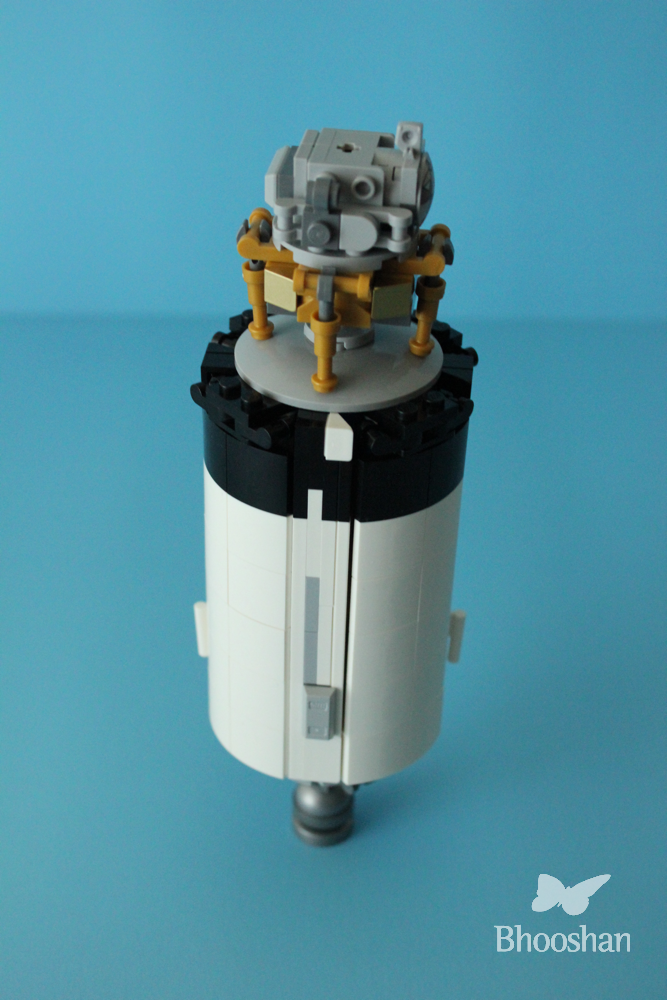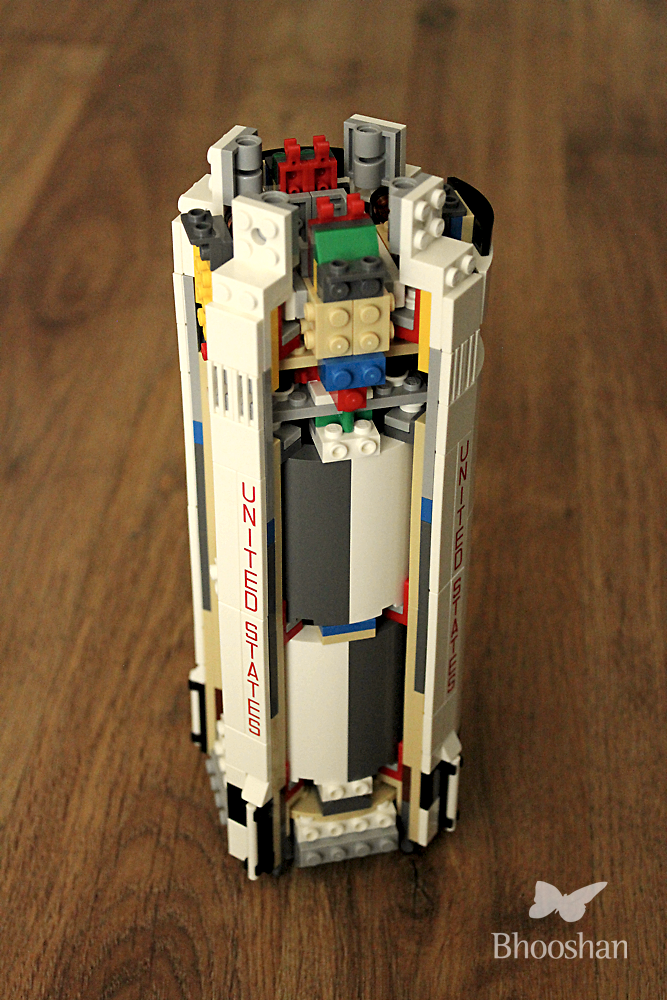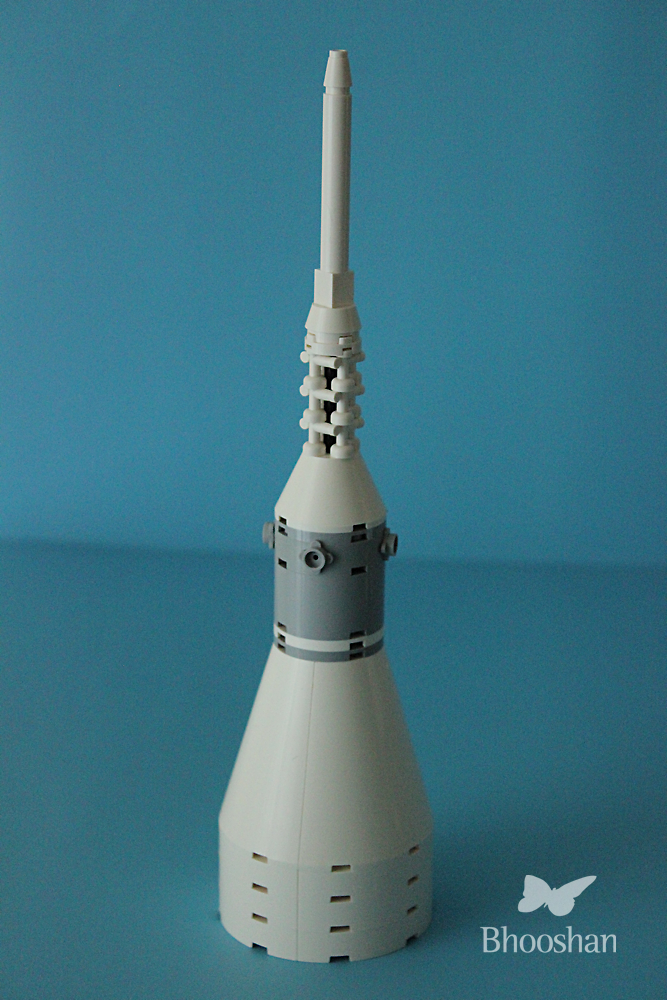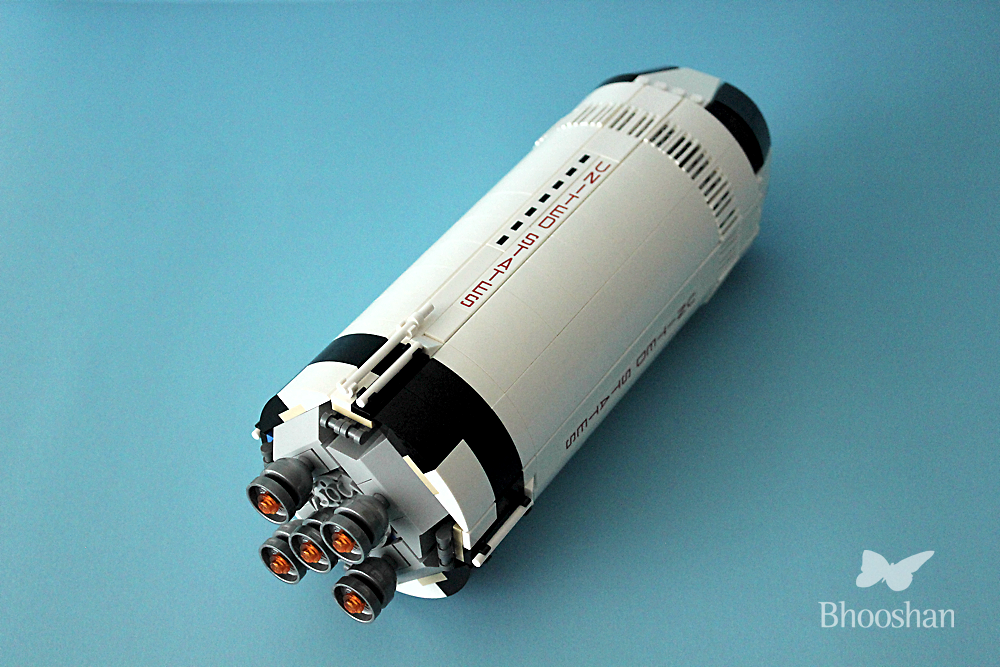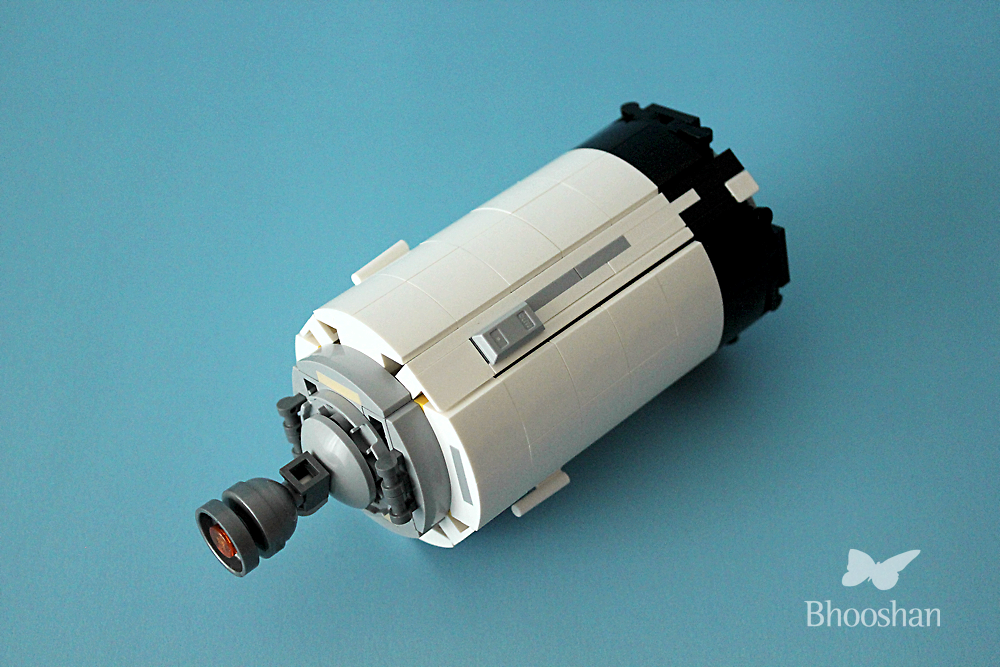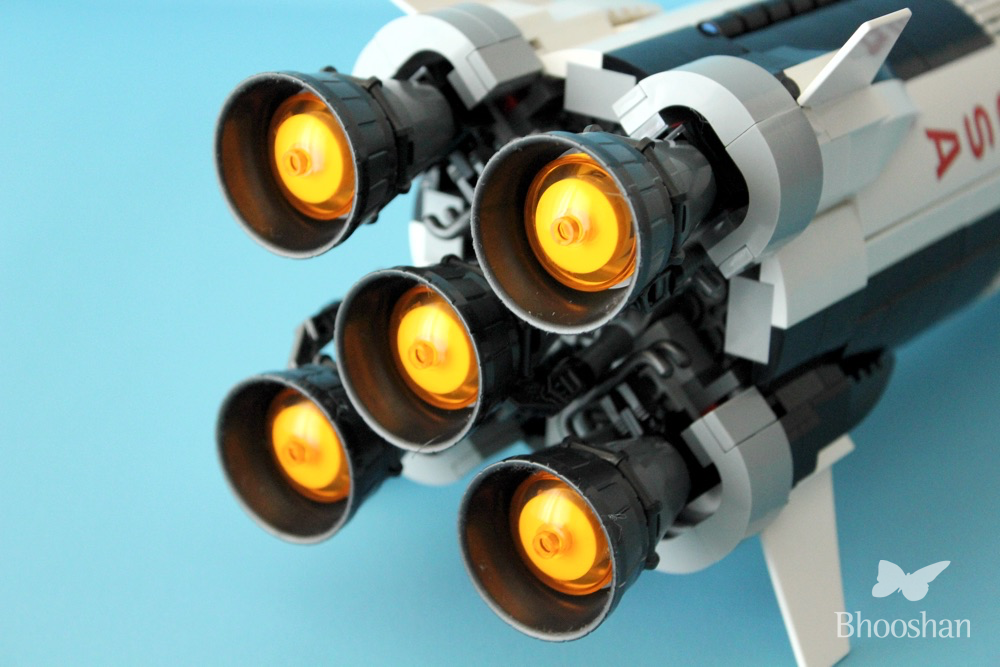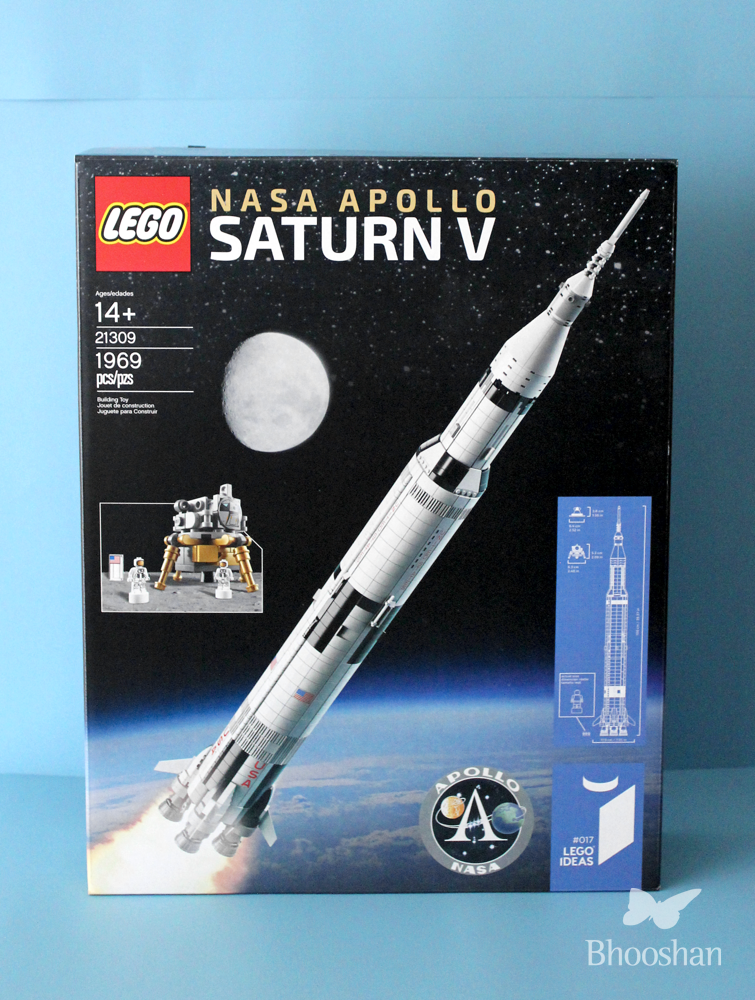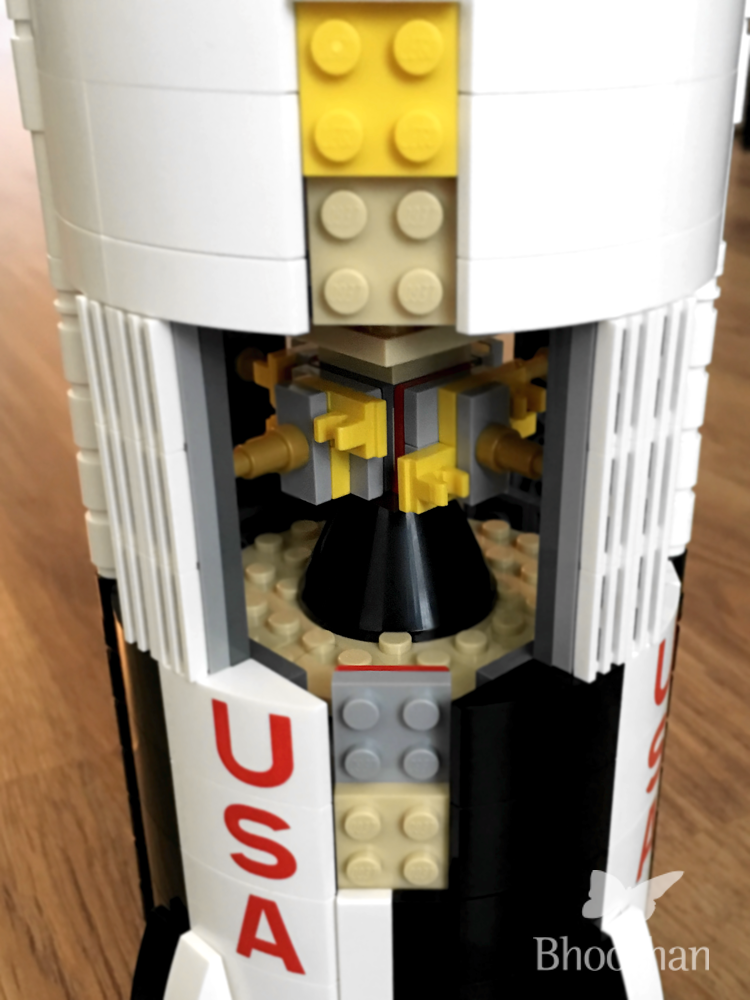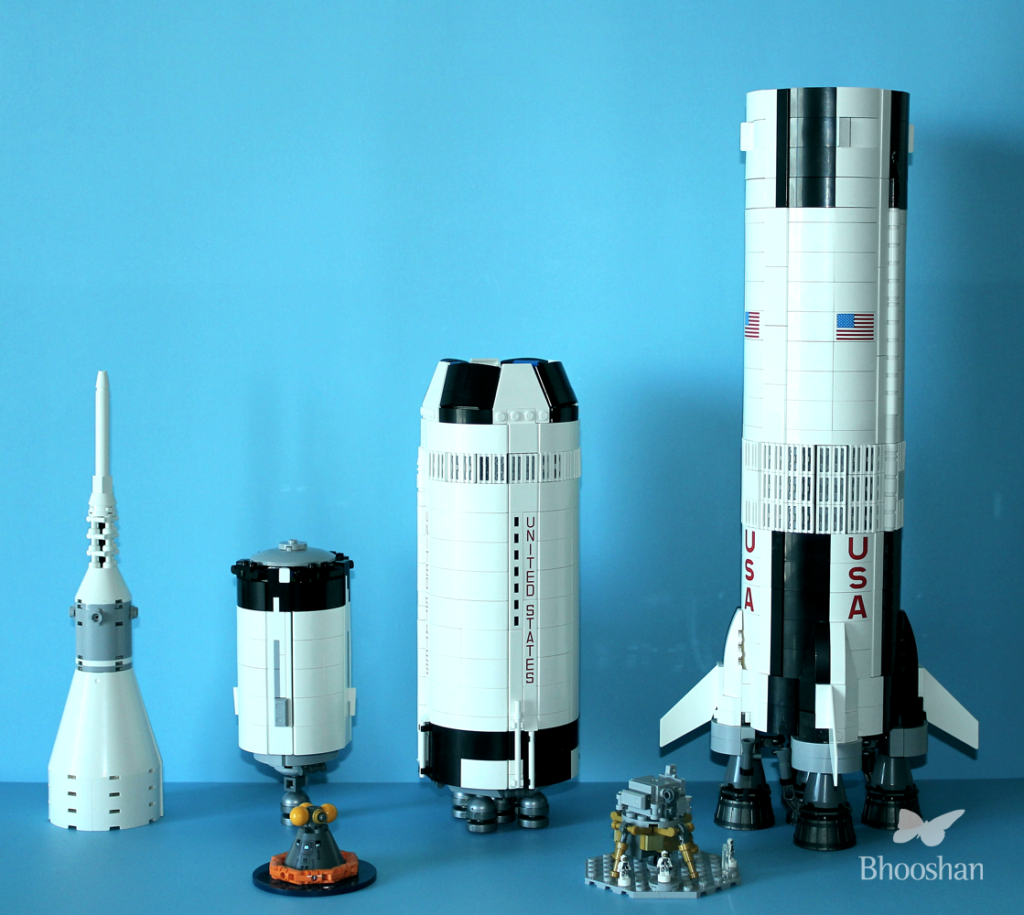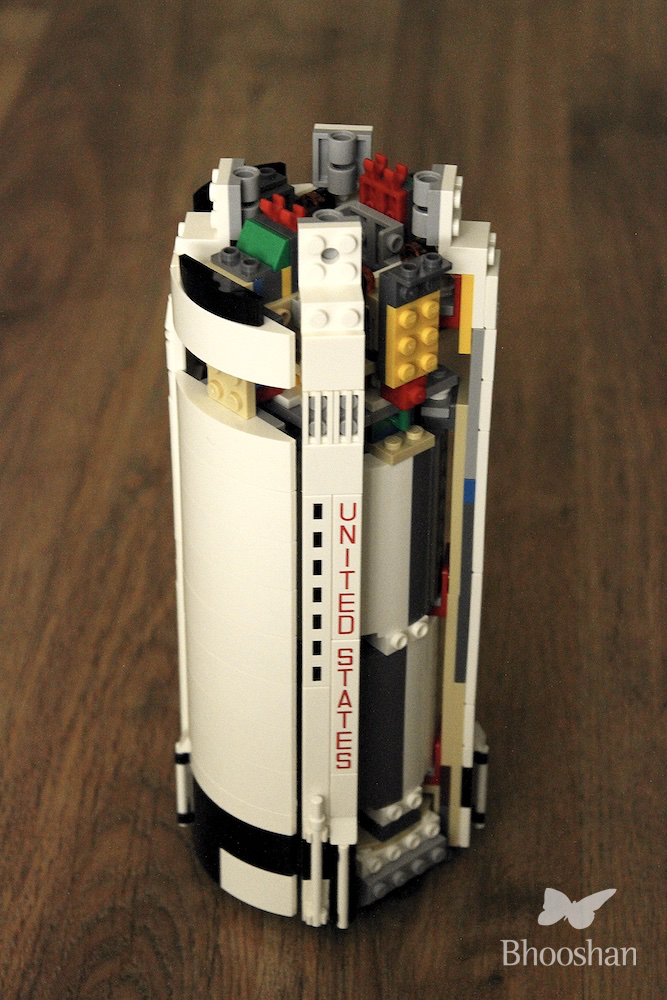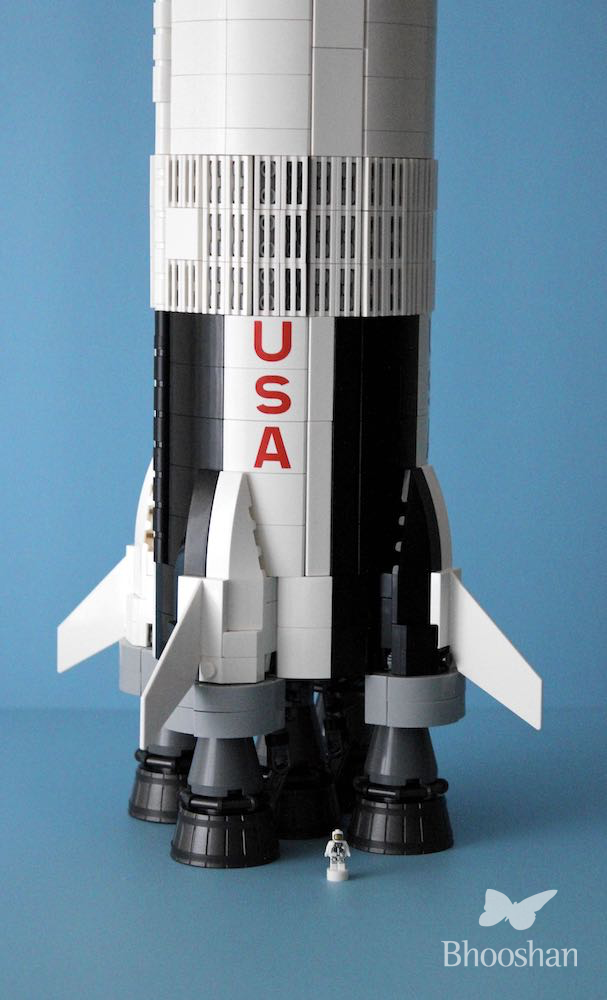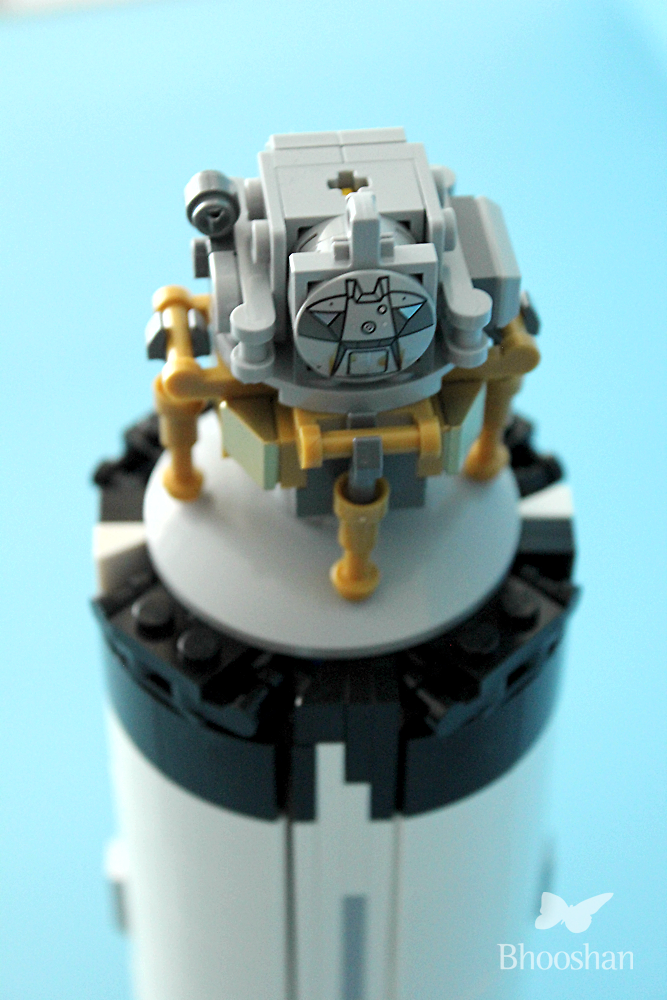Shoppers are increasingly becoming proficient in using technology and automation is entering retail spaces already. My own assessment of the self-checkout machines — the kiosks that help speed up billing at a reasonably lesser space, has been positive, and that it helps clear the shopper lanes quickly thereby streamlining the sales cycle. Although, when I visit this local store, I have observed, the customers aren’t judged well while using the self-checkouts. In fact, some of the cashiers quite blatantly confide that one should use the cash counters thereby sparking a moral debate around the installation and use of self-checkout kiosks. Many fear that these machines would eventually create job losses.
We have to understand the purpose of this rapid change which has psychologically affected store employees and fuelled the debate of ‘humans vs machines’ yet again. This particular big brand store is located within a busy mall and experiences medium to heavy traffic during most parts of the day. The natural response in this scenario would be to keep the traffic flowing is to increase the cash counters and employ more cashiers, although, despite having 6 counters sometimes the line just goes haywire and customers have to wait endlessly for their turn. Moreover, the space constraints inside the store prevent the management from adding more counters with a suitable area for movement.
There are various emotional challenges in dealing with the issue of using self-checkout kiosks. Often times I have waited for at least 10-15 minutes at the counter and the excruciating wait-times has bothered me to a large extent, in which case, I have either left without completing the purchase or reconsidered my decision and removed some items from the cart. In other scenarios, customers needed privacy to discreetly buy items without the fear of being judged. This means that external factors, such as wait times and individual privacy, could have a negative influence on a consumer’s purchase decision and hurt revenue streams in the long run. Large grocery stores, such as Food Basics and No Name, have a separate counter for 10 or fewer items which is served by a representative yet it does not solve the problems I stated above. Moreover, there are contextual factors that could be preventing them from rolling out the self-checkout machines.
Self-checkout machines are now a common feature across several Canadian big box stores and watched over by attendants, such as Walmart, Shoppers Drug Mart, IKEA, Loblaw, and Canadian Tire. These stores have an influx of customers at most times of the day and the role of the machines could be viewed as easing the pressure of manual billing on the cashiers and putting the onus of the purchase on the customers. Although it has been a challenge for some shoppers to transition to the self-checkout model for several reasons ranging from old age issues to technical glitches, even interaction issues arising out of an unclear or cluttered and disparate use of user-interface design languages — every brand has their own interpretation of shopping items and purchase rules that can confuse consumers while using the kiosk’s user-interface in the checkout process. Perhaps a uniformity in overall systems design could help resolve the crisis. However, it’s evident that grocery and retail stores are eager to roll out self-checkout kiosks to address the latent needs of the tech-savvy millennials also based on their spending behaviour. In a study, Accenture has predicted that by 2020 Millennials will account for nearly $1.4 trillion in spending power. And moreover, despite the ease of online shopping, a large number of millennials continue to prefer visiting bricks and mortar over websites.
It’s obvious that retail stores aren’t doing enough to address the insecurities of its store employees who continue to look negatively at the rising trend of self-serve kiosks. One solution is to leverage their respective loyalty programs to benefit customers by giving discounts and bonus points on select products, thereby encouraging greater customer influx in keeping the stores busy. In such a scenario, the role of cashiers or sales executives would continue to be critical in enhancing the customer experience and influencing buying decisions as much as self-serve kiosks. Their involvement at every step of the customer buying process would stimulate a positive environment. Although the inevitable shift is towards automation their subjective functions should not be abandoned for the sake of the machines.




